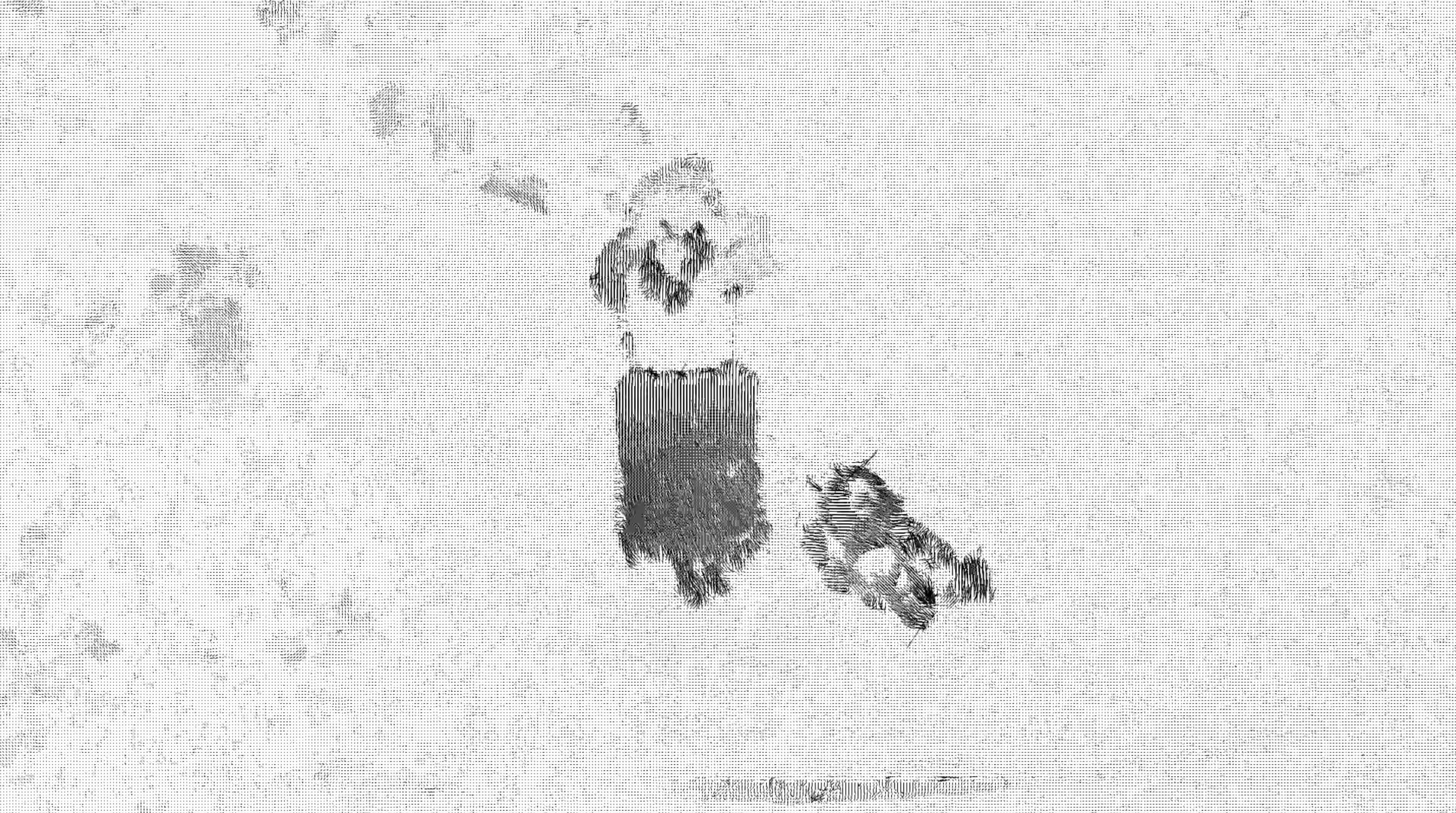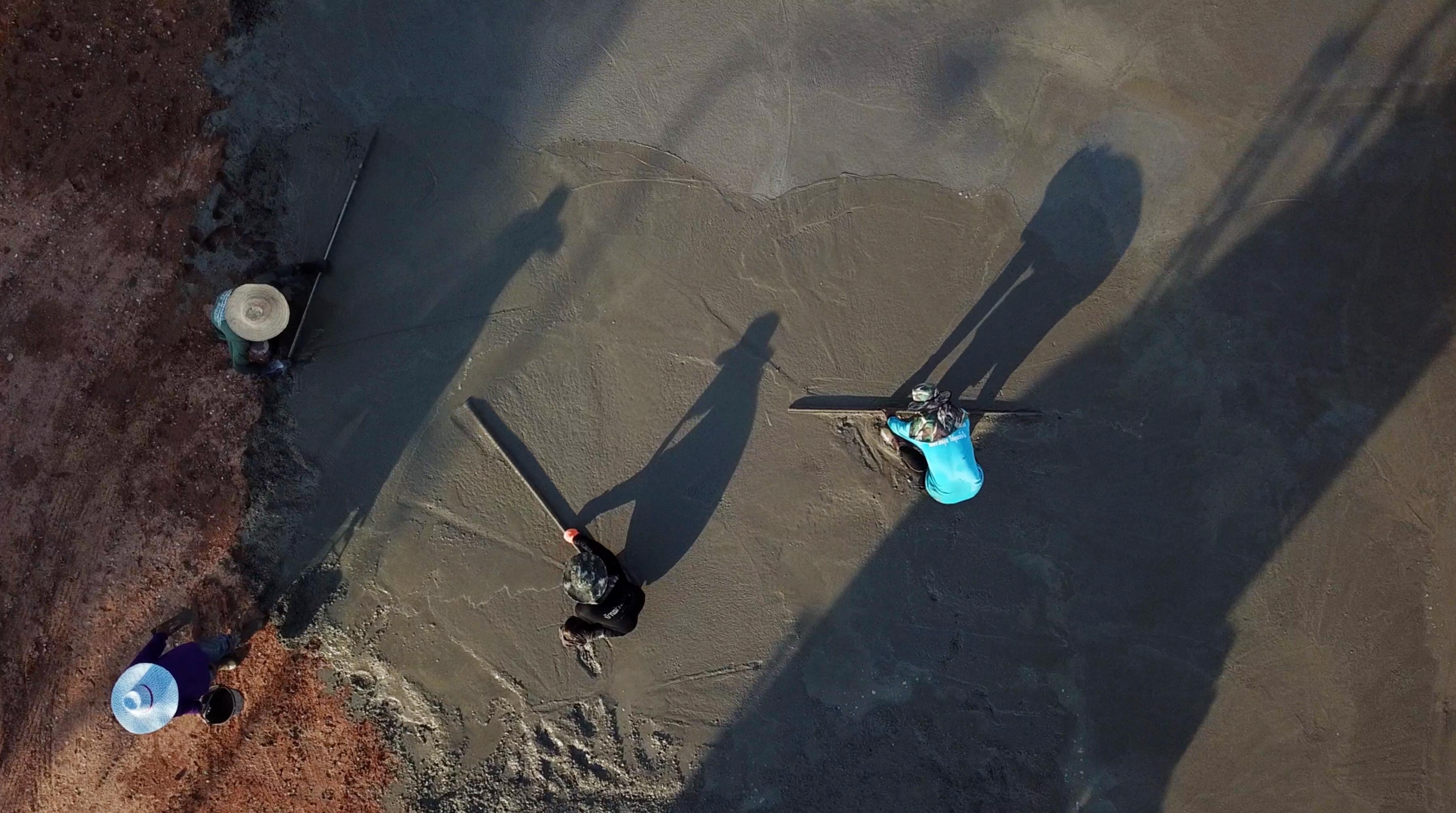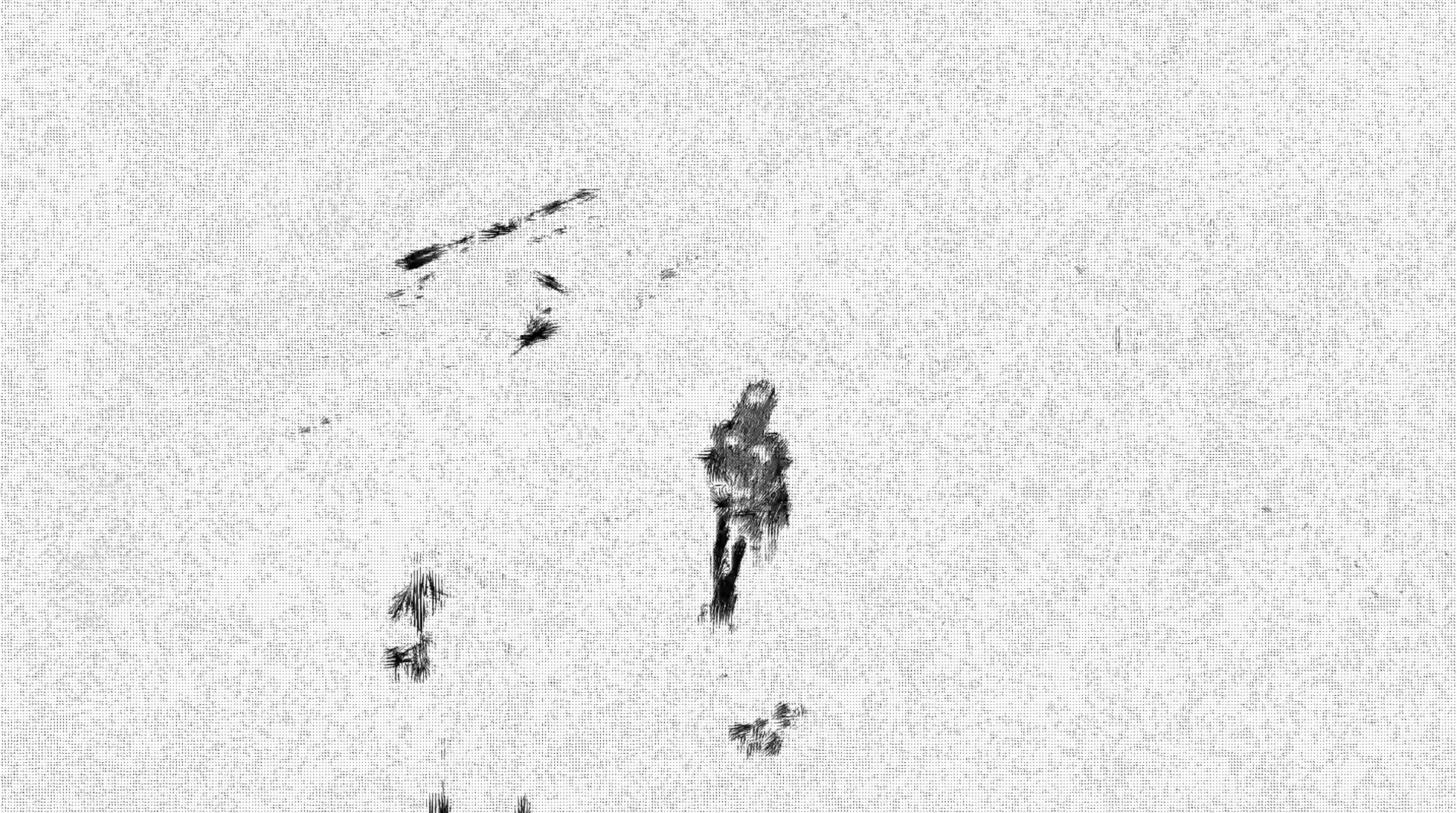LABOR OPTICS
Labor Optics is part of an ongoing research into machine learning technologies, labor ethics, and the futures of work.
The visualizations that form part of the this project reconsider Worker Activity Recognition algorithms and their potential implications on worker rights and automated labor relations.
Worker Activity Recognition algorithms are trained to recognize the micro movements of the human body in intricate detail and predict their behaviours. Here, you can see people at work on a construction site and the software analyzing their activities, ultimately with a view to evaluate their productivity.
Worker Activity Recognition algorithms are trained to recognize the micro movements of the human body in intricate detail and predict their behaviours. Here, you can see people at work on a construction site and the software analyzing their activities, ultimately with a view to evaluate their productivity.


Intersecting this work, in the US recently, The White House published a Blueprint for an AI Bill of Rights, and pertinent to this research is that it begins to recognize and outline how ‘work’ is a sensitive domain when it comes to AI that can limit people’s rights.
I am interested in looking at Worker Activity Recognition prototypes as something that are not yet fully implemented in the world, in real workplaces, so their form has yet to be finalized. There is still space to question its ontology, critique its code, shape its ethics, and reconsider what the futures of work looks like.
Is this how we want to experience being a worker in the world?
I am interested in looking at Worker Activity Recognition prototypes as something that are not yet fully implemented in the world, in real workplaces, so their form has yet to be finalized. There is still space to question its ontology, critique its code, shape its ethics, and reconsider what the futures of work looks like.
Is this how we want to experience being a worker in the world?


From the perspective of urbanism and architecture, it is notable that the testing ground for such prototypes appears to be the built environment, constructions sites, and other industrial workplaces.
For me, these images taken from within the neural network, suggest an aesthetics of this power asymmetry, an aesthetics of the ethical contention at the heart of worker activity recognition.
Contextually, there are several points that frame how to think about this new technology. There is the post-covid context of work, in which working remotely, and consequently managing workers remotely, has been normalized so quickly that we haven’t had time to think through its implications.
There are already digital infrastructure platforms such as Uber that have shifted the ontology of workers and negated workers’ employment rights. In Amazon Warehouses we read about how people work in service of robotics, and the needs to the robotic system are prioritized over the needs of the human body.
For me, these images taken from within the neural network, suggest an aesthetics of this power asymmetry, an aesthetics of the ethical contention at the heart of worker activity recognition.
Contextually, there are several points that frame how to think about this new technology. There is the post-covid context of work, in which working remotely, and consequently managing workers remotely, has been normalized so quickly that we haven’t had time to think through its implications.
There are already digital infrastructure platforms such as Uber that have shifted the ontology of workers and negated workers’ employment rights. In Amazon Warehouses we read about how people work in service of robotics, and the needs to the robotic system are prioritized over the needs of the human body.


Is this what we desire for the future of work? Is this the promise of “Industry 4.0”?
What does this disembodied managerial agency mean for worker’s real bodies?
Is bypassing traditional human management a mask for the removal of rights, by negating any means of redress and explanation?
Do we risk reneging on fair labour rights fought for during the C20th?
There is the mental exhaustion of being aware that you are constantly being surveilled to such a level of detail.
It is documented that the use of machine learning in low rights workplaces is associated with wage theft.
Far from the promise of automation that liberates the human body from the arduousness of physical labor; instead, we are seeing the robotization of the human body.
What is the landscape of labour rights and relations - 4.0 - to meet the landscape of machine learning in the workplace?
What does this disembodied managerial agency mean for worker’s real bodies?
Is bypassing traditional human management a mask for the removal of rights, by negating any means of redress and explanation?
Do we risk reneging on fair labour rights fought for during the C20th?
There is the mental exhaustion of being aware that you are constantly being surveilled to such a level of detail.
It is documented that the use of machine learning in low rights workplaces is associated with wage theft.
Far from the promise of automation that liberates the human body from the arduousness of physical labor; instead, we are seeing the robotization of the human body.
What is the landscape of labour rights and relations - 4.0 - to meet the landscape of machine learning in the workplace?
